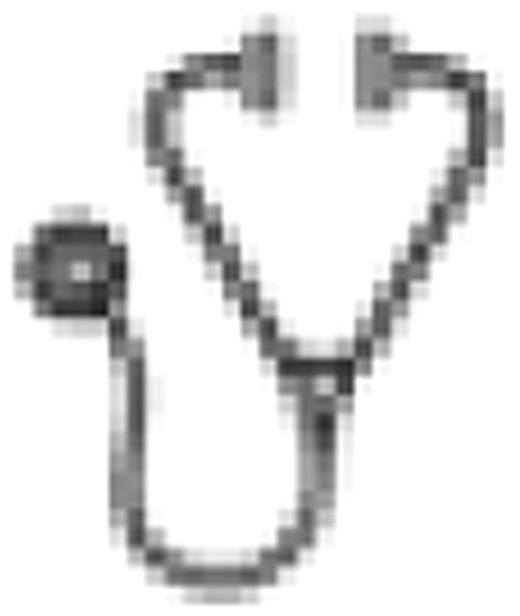Abstract
Abstract 81
The management of follicular lymphoma (FL) can vary according to stage at presentation. The use of 18-fluoro-2-deoxy-D-glucose positron emission tomography (FDG-PET) for initial staging of FL may result in upstaging and/or changes in treatment strategy. In this study, we describe the patterns of use of FDG-PET for the initial staging of patients with newly diagnosed FL and its potential impact on treatment.
Data were obtained from the NCCN Non-Hodgkin's Lymphoma Outcomes Database, a prospective cohort study collecting comprehensive clinical, treatment, and outcome data for patients treated at 7 participating NCCN centers. Patients who presented between January 1, 2001 and September 30, 2009 with newly diagnosed low grade FL (grade 1, 2), received staging imaging within 6 weeks of diagnosis, and with at least 6 months of follow-up were included. We compared baseline and clinical characteristics as well as treatment among patients by receipt of FDG-PET for initial staging.
We identified 953 eligible FL patients with a mean age of 56 years; 532 (56%) underwent FDG-PET as part of initial staging. Use of FDG-PET varied significantly across NCCN centers (p<0.0001). Among patients who underwent FDG-PET for initial staging, 438 (82%) received early treatment (defined as treatment within 180 days of diagnosis) compared to 259 (61.5%) who were staged with conventional CT scanning only (p<0.0001).
Among 189 patients with early stage FL (ESFL), 120 (63.5%) underwent FDG-PET for initial staging. Significant differences in use were observed across NCCN centers (p<0.0001). Of all ESFL, 55 (29.1%) were treated with radiotherapy (RT) alone, 68 (36%) with chemotherapy/immunotherapy (CIT) alone, 28 (14.8%) with combined RT and CIT and 38 (20.1%) were observed. Initial treatment strategy for ESFL varied significantly according to NCCN centers (p<0.001). Choice of initial treatment strategy for ESFL did not vary significantly by use of FDG-PET (p=0.09).
The use of FDG-PET for staging of FL varies by center and is widespread despite a paucity of evidence supporting its use in this disease. Patients who undergo FDG-PET scan for initial staging appear more likely to receive early therapy although this may not be directly attributed to FDG-PET results. The management of ESFL is surprisingly heterogeneous and varies across NCCN centers but is not influenced by the use of FDG-PET scan at staging. Given the widespread use and high cost of FDG-PET, its clinical utility in ESFL should be further evaluated.
No relevant conflicts of interest to declare.

This icon denotes an abstract that is clinically relevant.
Author notes
Asterisk with author names denotes non-ASH members.

